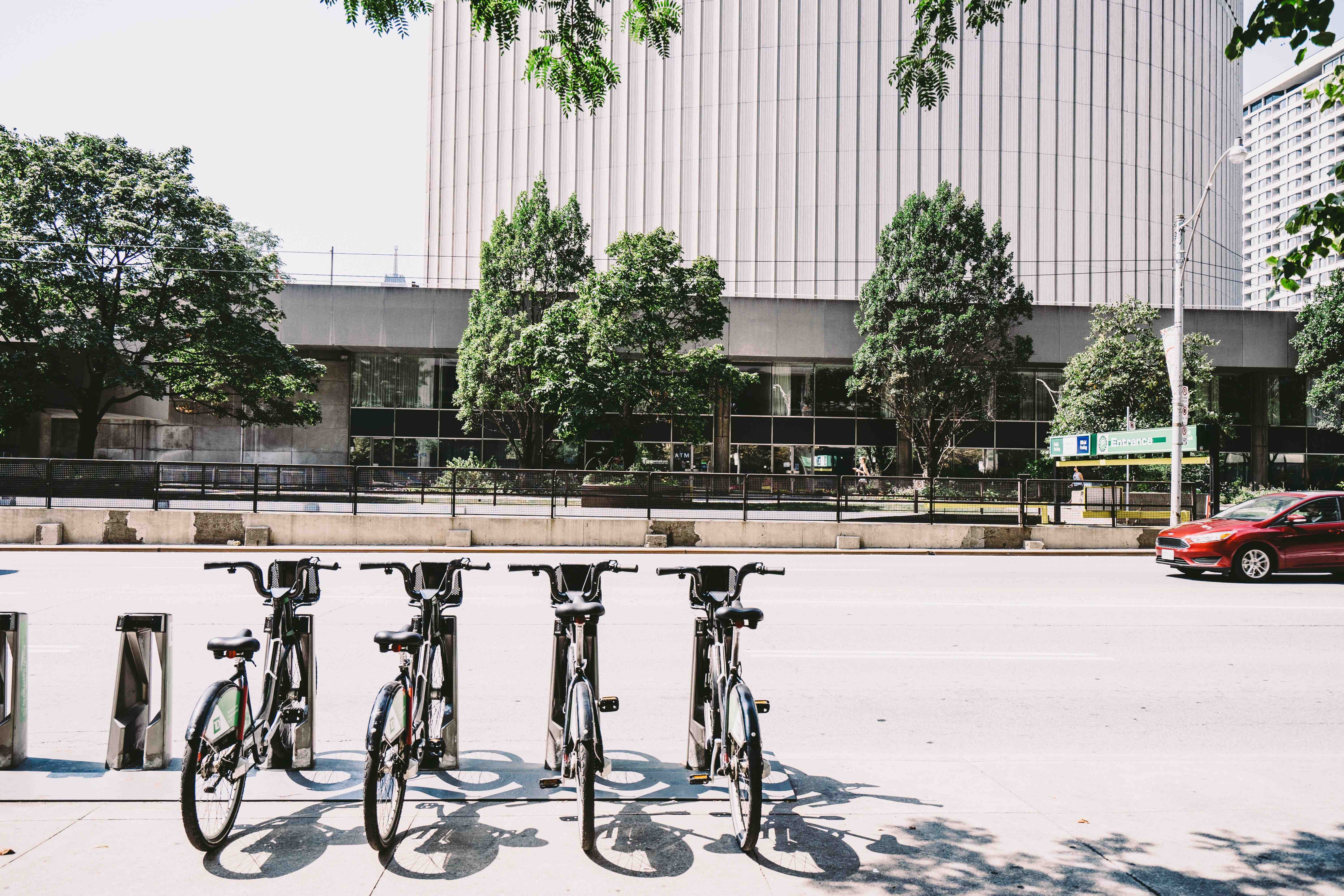
In California, urban mobility transformation is going on strong. A myriad of new solutions launched in recent weeks all have one thing in common: they’re targeting the “last mile” market, simply, the brief ride at the end of a longer journey (typically from home to work).
Jump’s electric bikes have launched a pilot program in San Francisco with Uber, meanwhile, in addition to their fleet of bikes, Limebike now offers electric push scooters in San Diego and San Francisco. Kick scooters are the transport of choice for Bird and Spin, who have taken over the Bay Area in the space of a few months. As for electric skateboards, they’re getting more sophisticated, and it’s only a matter of time until they have their own sharing platform.
Outcry over solo-driving: opportunities and challenges for cities
These alternatives to solo-driving (or rather, the outdated transport method for drivers who choose to drive alone), aren’t necessarily looked upon unfavorably by local councils, who find that they’re an easy way to publicly demonstrate their willingness towards clean, flexible and cheap mobility (take the Ville de Paris, for example, “The boom in biking in Paris is essential towards hitting our ambitious goals against pollution and the new division of public space.”). It’s a peachy landscape on which the skies could quickly cloud over, as noted by Wired, who compares this rush towards innovative mobility to the one brought about by Uber several years earlier – albeit, with two less wheels.
Controlling this new flow of traffic doesn’t make immediate sense to everyone. Especially as deliveries made by robots or autonomous vehicles is also going to bring new types of users to the urban streets. If San Francisco’s transport agency today expels the idea of a lane reserved for kick scooters, current infrastructure will not always be adapted to cope with change. What’s more, free-floating (docking station-free transport), which is progressively finding its economic model, doesn’t necessarily work in harmony with pavements. As for the traffic laws for such wheeled transport, well, that’s not so clear, with most users in the dark – in the US, non-motorized user-propelled vehicles may ride on the pavement between the hours of dusk until dawn.
Urbanizing pavements and the financial risks
Managing this massively multimodal future, in which revenue generated by car parking are sure to decrease, can simply be resumed by regulating the use of kick scooters. This is clearly making the headlines, particularly in San Francisco where the municipality recently introduced the obligation for all new users to get their license before being able to drive, in order to ensure that these new practices do not unduly disrupt or complicate even more the existing flow of transportation, especially on sidewalks.
It’s a crucial question for cities and their finances, a dimension that might explain the intransigence observed concerning local governments. Apart from San Francisco, and the “tension” witnessed between operators and local councils, the city of Santa Monica (California, again) has recently fined Bird for more than $300,000 for having operated without the required license. Moreover, the amount of American cities increasing their taxes on ride-hailing services is rising.
As pavements become urbanized, the money pit appears. “Pavements are the most valuable zones a city has – and the most under-used,” writes one of the authors of a recent official report from the National Association of Transport Officials on “curbside management strategies,” according to whom American cities are starting to rethink their design, “one pavement at a time.”
This is all happening in a context where public stakeholders are attempting to better document the economic impact of a smart management of traffic flow and lanes. The New York City department of transport openly displays its desire to equip itself with the metrics to measure the economic benefits of these innovative measure (“Better streets mean better business”). For example, they calculated one street’s economic growth after having introduced a bus lane (the result: local businesses saw three times as much increase in business, compared to neighboring streets).
Incidentally, large private stakeholders don’t need persuading to follow the creation of such “urban saviors” with their computing platforms and software solutions (SharedStreets and Movement for Uber, Replica for Alphabet), which bear witness just as much to their desire to develop new offers for public powers, as to their hope to calm somewhat oft-contested relationships.
